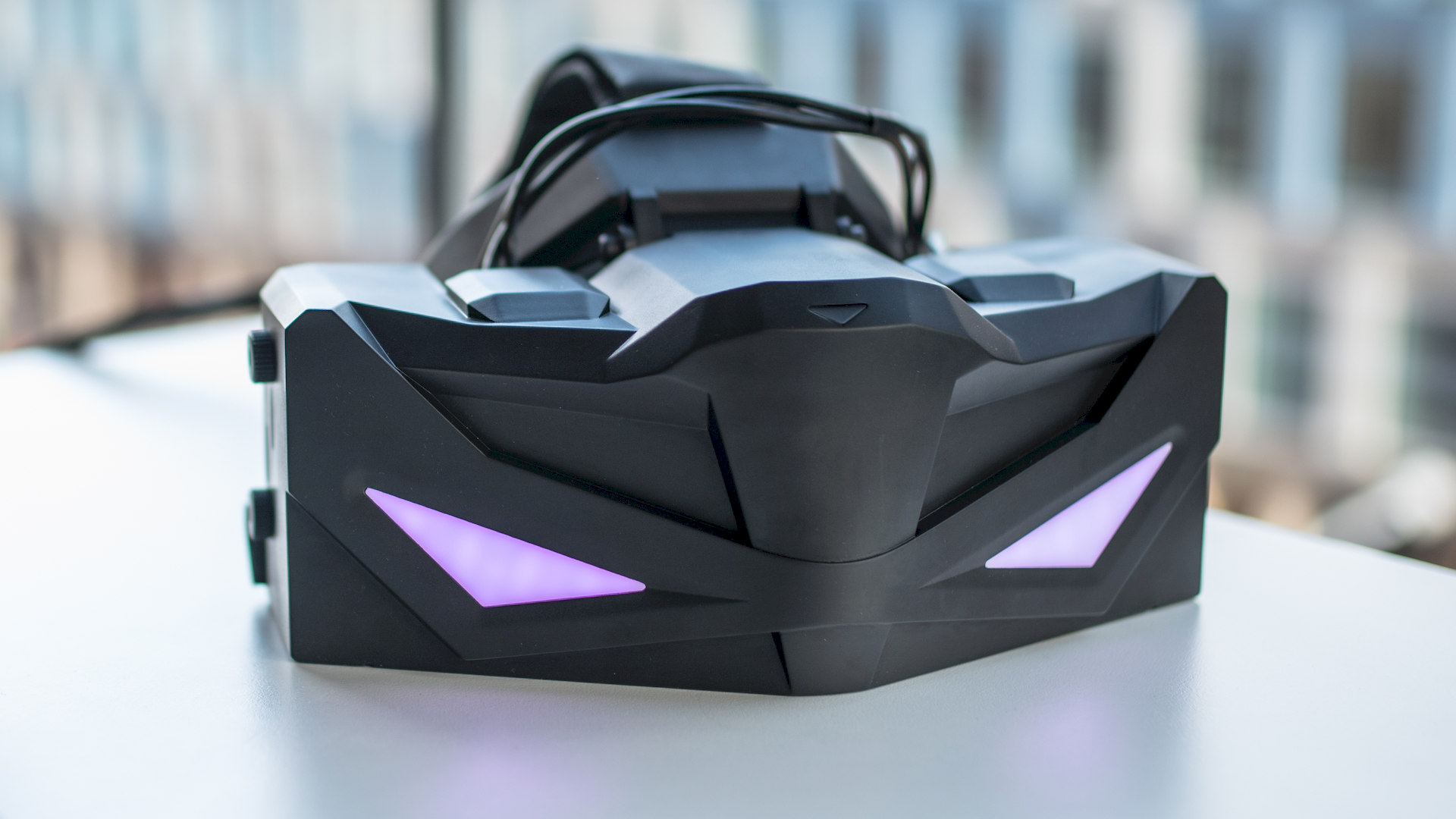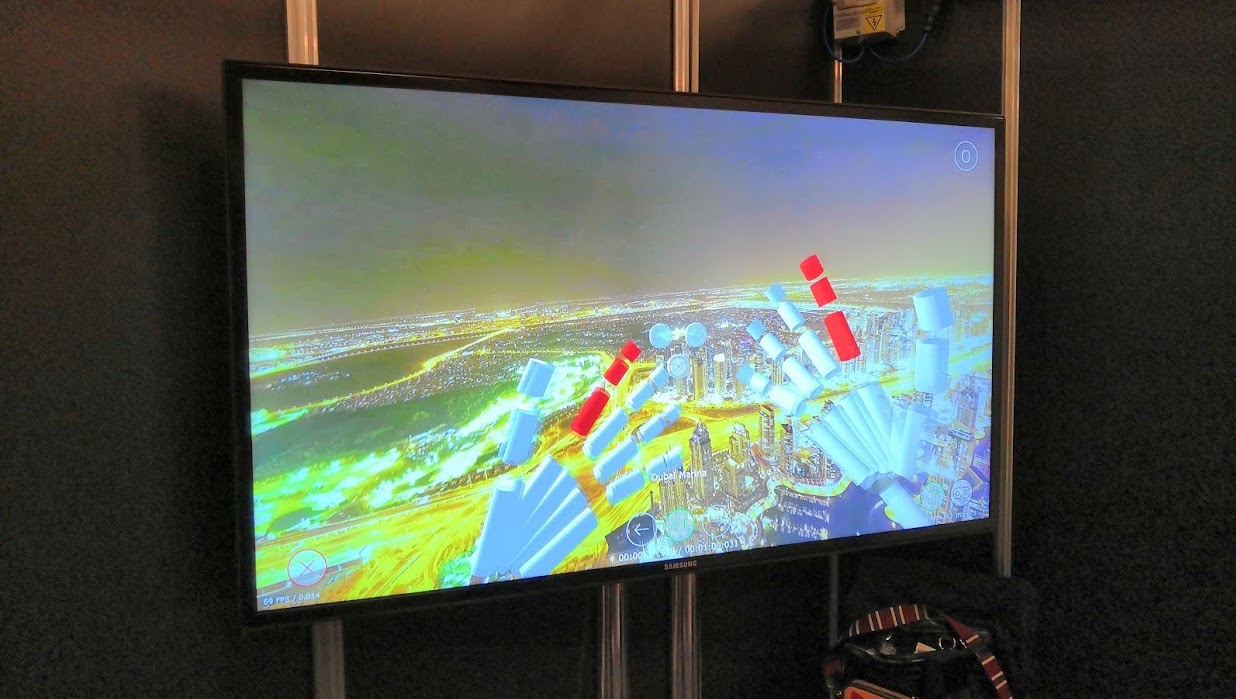We tried the craziest VR headset on the market
A glimpse of the future?

The struggle for virtual reality headsets continues to be in their mainstream appeal. The likes of the Lenovo Mirage Solo or Oculus Go are the latest in a long series of iterative hardware updates, and the culminations of years of development focused at a streamlined user experience. Across the market, companies are working to slim down their bulky contraptions, remove excess straps and wires, and simplify designs to the point where they look more at home in a new-build living room than a futuristic junkyard.
The VR Hero Plus transcends such concerns. Caught somewhere between Ben Affleck’s Batman helmet and concept art for the Transformers anime, the VR Hero’s design is unafraid to evoke a playful, sci-fi depiction of fantasy technology. The result is a glowing visor that looks and feels full of futuristic promise.
That promise comes at a cost, however. The VR Hero Plus retails for $9,000 (around £6,700 or AU$12,000), and it’s designed primarily for commercial use rather than as a consumer product – although it would probably find its way onto a list of money-no-object ultimate tech toys.
Design

At that price the VR Hero Plus comes with a certain weight of expectation. And talking of weight, this thing ain’t light. At 1.08kg it’s more than double the weight of the Oculus Rift or HTC Vive. While this heft is a consequence of the power and functionality packed into the headset, it does mean it’s better suited to short demonstrations in showrooms, rather than extended playtime – but then as we’ve mentioned it’s not really designed for play.
Developed by Czech VR Studio VRgineers with tracking technology from Leap Motion, the headset incorporates a built-in hand-tracking sensor, which doesn’t require the use of traditional hand controllers, although it does support a range of tracking systems, and is compatible with HTC Vive hardware.
Holy resolution, Batman

Each eye gets its own high-density OLED display across 5.7-inches, with an individual 2560 x 1440 resolution (5120 x 1440 total) that offers the crispest viewing experience of any headset we’ve seen on the market. For comparison, it crams in around 40% more pixels than the iPhone X’s slightly larger 5.8-inch Super Retina display.
It’s symptomatic of the immense challenges facing VR that even a 5K headset can suffer from slight blur around the edges of the display. The time-lapse of Dubai’s skyline we viewed on the VR Hero Plus still impressed, however, even if the level of detail still lags significantly behind 20:20 vision, and you don’t have the luxury of viewing the image from several feet away, as you could on a high-end monitor.
The VR Hero Plus isn’t the only higher-resolution headset on the horizon, though. Despite delays on the production line, following a hugely successful Kickstarter campaign VR developers Pimax expects to be shipping both a ‘basic’ 5K headset and more advanced 8K offering later this year, both boasting an impressive 200-degree field of view. Having raised $4 million over and above its original $200,000 goal, expectations have been high for Primax, although it warns that most PC rigs won’t be powerful enough to run the maximum 8K viewing experience.
Sign up for breaking news, reviews, opinion, top tech deals, and more.
The VR Hero Plus’s hefty size and price tag will keep it out of reach of many, but in terms of pure visual quality, there’s no doubt that Leap Motion and Vrgineers have created a headset that’s several years ahead of its mainstream rivals.

Henry is a freelance technology journalist, and former News & Features Editor for TechRadar, where he specialized in home entertainment gadgets such as TVs, projectors, soundbars, and smart speakers. Other bylines include Edge, T3, iMore, GamesRadar, NBC News, Healthline, and The Times.